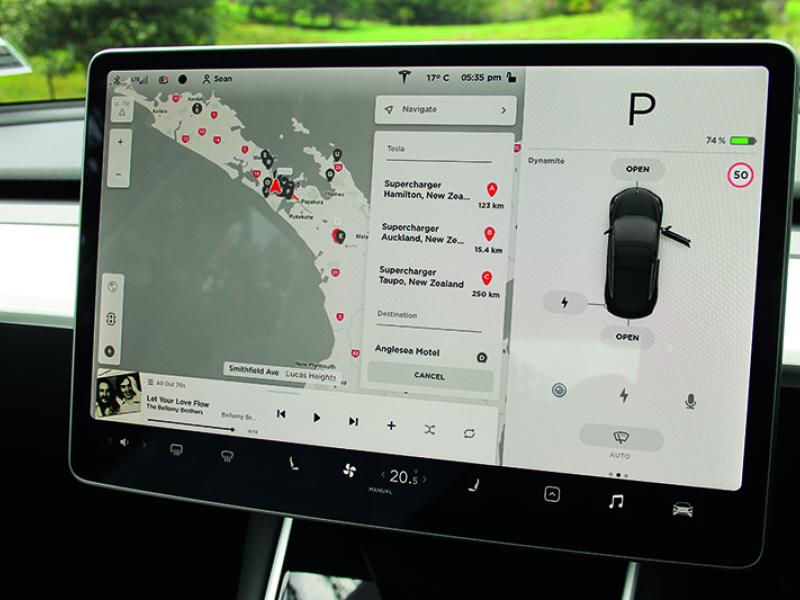Alex Garden highlights a tried and tested principle for managing your digital marketing and putting some ‘zing’ into your company’s performance.
One of the major issues with modern business is the continual change and innovation in the digital media sphere. We’ve been in this business now for 22 years and when we started none of the current social media giants were even in existence. The oldest two are probably Facebook (17 years) and Reddit (15.5 years).
So as a business how do you navigate the shift to digital when things are ever-changing?
In this article I’m going to look at Google’s use of the 70:20:10 rule to drive their own innovation and apply it in a practical way that you can use.
First developed by researchers in the 1980s as a model for learning and development, the rule is now also applied to innovation and marketing. Eric Schmidt, when he was Google’s CEO, put in place the 70:20:10 rule to systemise innovation.
The principle was that 70 percent of everyone’s time should be spent on their core job, 20 percent as part of another team or on related projects and ten percent on ‘blue sky’ efforts.
The underlying premise was that a company can’t continue to grow and innovate if it continues to do what it has always done. However, you can’t spend all the available time ‘chasing rainbows’, so this is a way of controlling but also encouraging innovation.
So how can you use this principle in your business?
I’m going to concentrate on marketing and in particular digital marketing but you could apply it however you like.
1. 70 percent of your efforts should be on existing marketing because it’s bringing in customers and hopefully sustaining your business growth.
2. 20 percent should be on marketing projects that relate to your main efforts but aiming at a new group of customers or launching a new related service or product.
3. 10 percent is the ‘blue sky’ area where you take some chances by using different media, or products and services that are completely new.
But how does that look in practice?
It would be fair to say that most small and medium size companies market themselves using a mix of the following media and methods:
1. At trade shows, conferences or other real-world opportunities such as marketing groups and business associations.
2. Email marketing.
3. A website presence – perhaps selling online via an e-commerce store.
4. Maybe some advertising in magazines (although more likely on digital platforms these days).
5. Digital advertising on newspaper websites or on other websites.
6. Some Google AdWords.
7. Maybe some Facebook advertising.
A mix of these media, for most businesses would be regarded as the 70 percent figure.
The 20 percent part of the 70:20:10 rule with a digital focus would be to do things such as:
1. Building a mini-website to market a new product or service.
2. Linking your email marketing with your sales data so that customers get regular updates that are more personalised and therefore more useful.
3. Analysing the leads that follow from your Google AdWords against your Facebook advertising and adjust the spend accordingly.
4. Updating your LinkedIn profile and start writing articles about your industry or specialist subject.
As you can see, the 20 percent is more focused on improving or adding to your existing products/services without doing anything outrageously different.
The 10 percent section is where you can take some chances, such as these:
1. Ask for employee ‘big’ ideas and choose one to follow through on.
2. If your product/service has a young customer base or you’d like to grow that, how about advertising on TikTok?
3. Investigate Instagram and even Instagram TV (IGTV) where you can post video.
The 70:20:10 rule is a great way of putting some zing into your company’s performance.
As Albert Einstein famously said: “The definition of insanity is doing the same thing over and over again, but expecting different results.”






